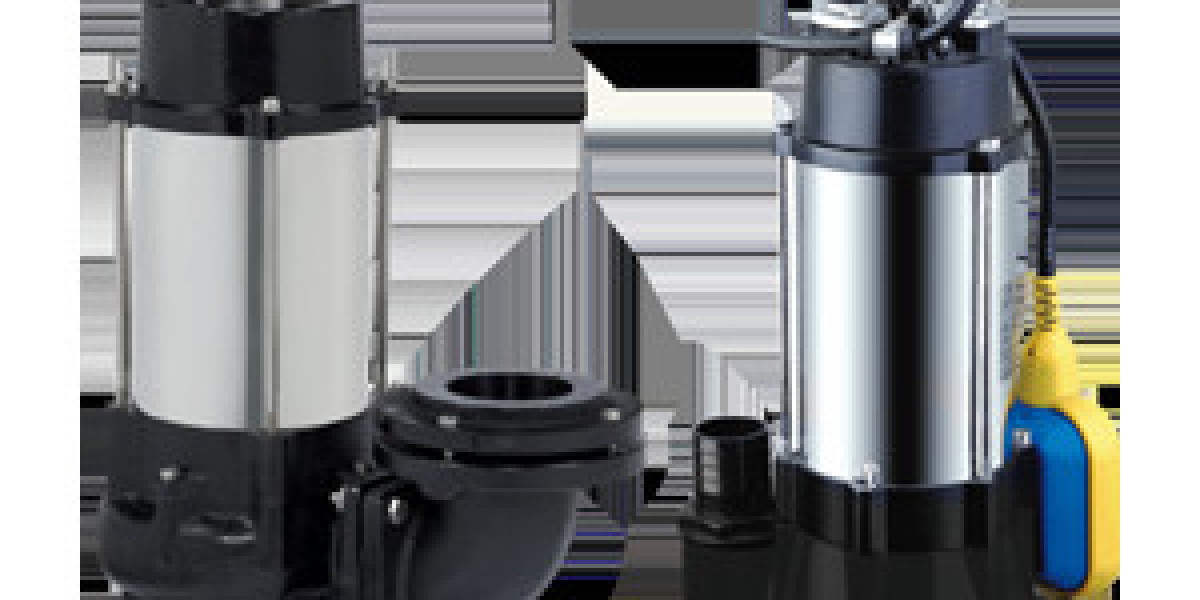Unleash the Thrill: Discover the Secrets of Short Course Trucks!
Short course trucks have rapidly gained traction in both the motorsport and hobbyist communities, captivating enthusiasts with their high speeds and rugged designs. These compact vehicles not only deliver thrilling racing experiences but also provide an accessible entry point for newcomers to the world of competitive racing. In this article, we will dive deep into the fascinating realm of short course trucks, exploring their unique features, operational mechanics, essential racing tips, and maintenance practices. Whether you're a seasoned racer or just curious about this exciting hobby, you're in the right place to learn everything you need to know!
Understanding Short Course Trucks
Short course trucks are a specialized type of off-road vehicle designed for racing on short, rugged courses that typically feature a mix of dirt, jumps, and challenging terrain. They are known for their distinctive characteristics, including a sturdy chassis, large tires, and a compact body that ensures they can navigate tight turns and rough landscapes with ease. These trucks usually measure about 1/10th to 1/8th scale, making them substantial enough to handle rough conditions yet small enough to be manageable for hobbyists. Their appeal extends beyond the competitive scene, as many enthusiasts enjoy them for casual driving and off-road adventures. The combination of speed, durability, and versatility makes short course trucks a favorite among both casual users and serious racers alike.
Features of Short Course Trucks
What sets short course trucks apart from other vehicles are their unique features tailored for performance and handling. One of the most notable aspects is their advanced suspension systems, which are designed to absorb shocks from jumps and rough terrains, allowing for a smooth ride even at high speeds. Additionally, short course trucks typically come equipped with all-terrain tires that provide excellent grip and stability on various surfaces. The chassis design is another key component; most short course trucks have a low center of gravity, which enhances their cornering capabilities. Power sources can vary, with options for electric or nitro engines, each offering different driving experiences. These features combined create a thrilling driving experience that appeals to racers and hobbyists alike.
How Short Course Trucks Operate
The operation of short course trucks is a marvel of engineering, combining various components that work in harmony to achieve optimal performance. Most short course trucks are powered by either electric brushless motors or nitro engines, each providing a unique power delivery system. Electric motors offer instant torque and are quieter, making them ideal for use in various environments. Nitro engines, on the other hand, provide that classic engine roar and a different kind of excitement. The truck's drivetrain is designed to transfer power effectively to the wheels, ensuring quick acceleration and responsive handling. Understanding how these components interact is crucial for anyone looking to get the most out of their short course truck, whether it's for racing or mere enjoyment.
Tips for Racing Short Course Trucks
Racing short course trucks can be exhilarating, but it requires knowledge and skill to excel. One of the most important tips is to master your driving techniques; learning to control throttle and braking can significantly impact your lap times. Additionally, understanding track dynamics, such as where to accelerate and when to brake, can give you a competitive edge. It's also beneficial to practice consistently on the same track to develop familiarity with its nuances. Many experienced racers suggest starting at a slower pace to build confidence before attempting more advanced maneuvers. Furthermore, engaging with the racing community can provide valuable insights and strategies to improve your game.
Maintenance and Care for Short Course Trucks
To keep your short course truck performing at its best, regular maintenance is essential. Begin with routine inspections, checking for any loose screws or damaged parts after each race. Regularly cleaning your truck, especially after off-road use, can prevent dirt buildup that may affect performance. It’s also wise to replace worn-out tires and inspect the suspension components for any wear and tear. Additionally, keeping the power system in check—whether it's ensuring proper battery charging or maintaining the engine—will prolong the life of your truck. Engaging in these maintenance practices not only enhances performance but also prolongs the enjoyment you get from your short course truck.
Final Thoughts on Short Course Trucks
In conclusion, short course trucks offer an exciting blend of speed, durability, and versatility, making them a fantastic choice for both racing enthusiasts and casual hobbyists. From understanding their unique features and operational mechanics to implementing effective racing strategies and maintenance routines, this article has provided a comprehensive overview of what makes short course trucks so exhilarating. Whether you're just starting out or looking to refine your skills, the world of short course trucks is waiting for you to dive in and experience the thrill for yourself. So gear up, hit the track, and unleash the excitement that these incredible vehicles have to offer!








